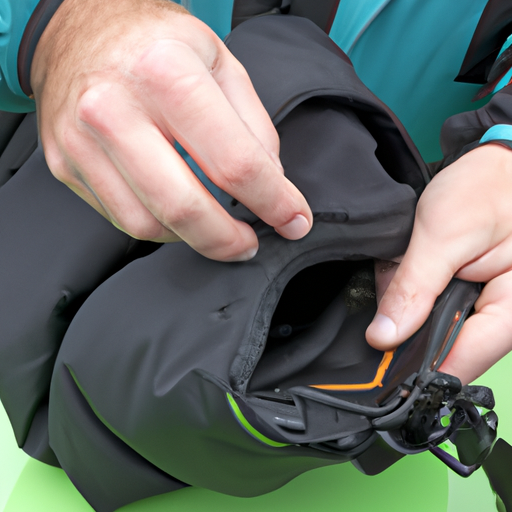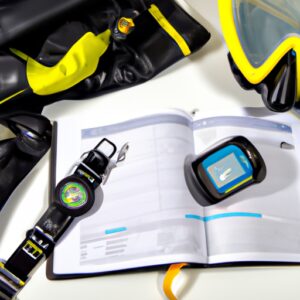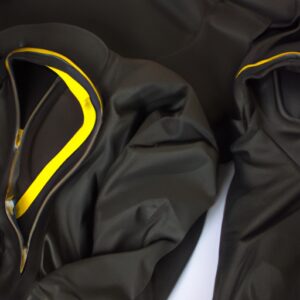
H2: Dive Hoods, Not Just for Wimps Anymore
Are you one of those macho divers who think that only wimps wear dive hoods in cold water? Think again, amigo. A good dive hood can make a world of difference in your comfort level and safety during a dive, especially if you’re diving in water temperatures below 60 degrees Fahrenheit.
H2: The Basics of Dive Hoods
A dive hood is a neoprene head-covering that helps to keep your head warm while diving. Most dive hoods are made of 3mm or 5mm neoprene, which provide excellent insulation and protection against cold water. Some dive hoods also have face seals that keep water out of your eyes and nose, while allowing you to breathe normally.
H2: Choose Your Style
There are two main styles of dive hoods: the traditional balaclava-style hood, which covers your head, neck, and shoulders, and the newer beanie-style hood, which covers only your head and ears. The balaclava-style hood provides better coverage and warmth, especially in colder water, but can be bulky and uncomfortable to wear for long periods of time. The beanie-style hood is more streamlined and comfortable, but may not provide enough warmth for all water temperatures.
H2: The Importance of Fit
When selecting a dive hood, it’s important to choose one that fits snugly yet comfortably around your head and neck. A poorly fitting hood can allow water to seep in, which can cause rapid heat loss, discomfort, and even hypothermia. To get the right fit, make sure to measure your head and neck before purchasing a hood, and try on several sizes and styles until you find one that feels snug and comfortable.
H2: Thickness Matters
The thickness of your dive hood is another important consideration. In general, thicker hoods provide better insulation and warmth, but can be less flexible and harder to don and doff. Thinner hoods are more flexible and easier to wear, but may not provide enough warmth in colder water. For most cold water diving, a 3mm or 5mm neoprene hood is sufficient, although some divers may prefer thicker hoods for extremely cold water.
H2: Don’t Forget to Care for Your Dive Hood
To ensure that your dive hood lasts for many dives to come, it’s important to take care of it properly. Rinse your hood thoroughly in fresh water after each dive, and dry it completely before storing it. Avoid leaving your hood in direct sunlight or hot environments, which can cause the neoprene to degrade and weaken over time. With proper care, your dive hood can provide years of warm, comfortable diving.
Now that you’ve got the lowdown on dive hoods, don’t be afraid to sport one on your next cold water dive. Your fellow divers will be envious of your comfort and style, and you’ll be protected from the harsh elements of the sea. Happy diving, house!







